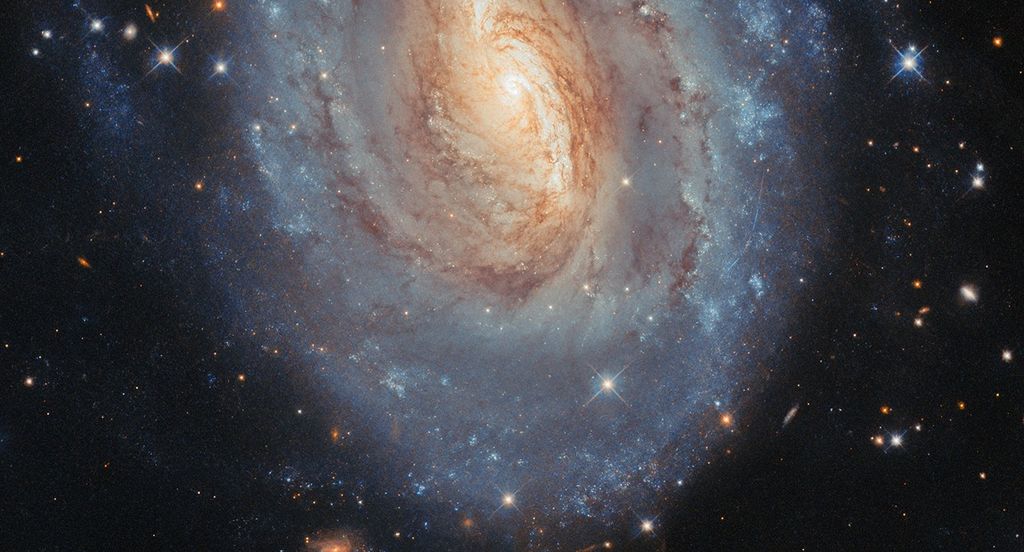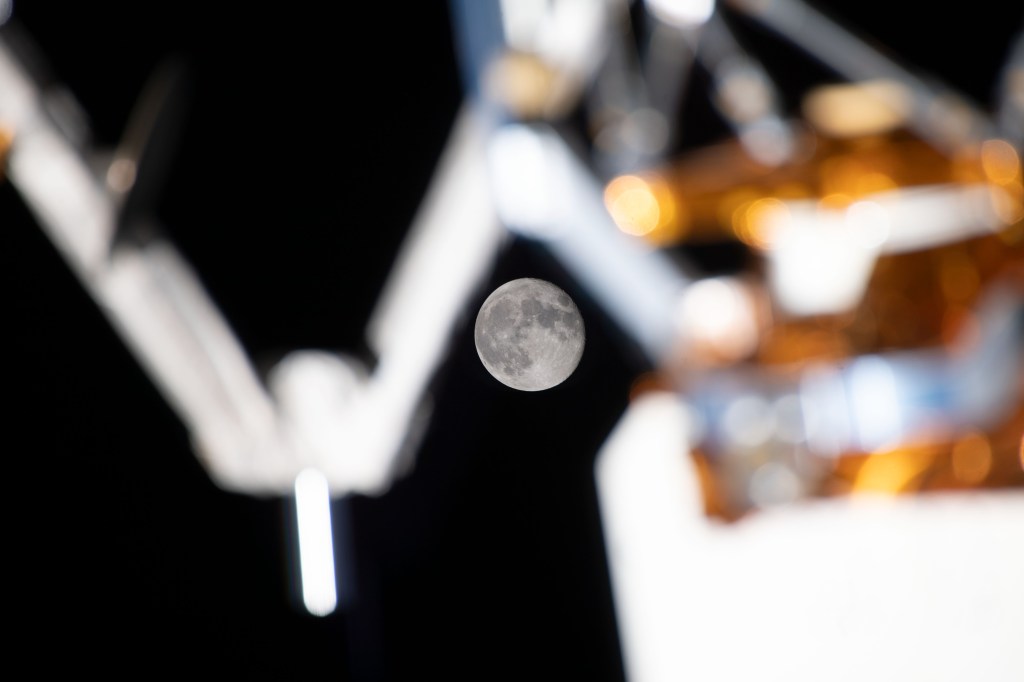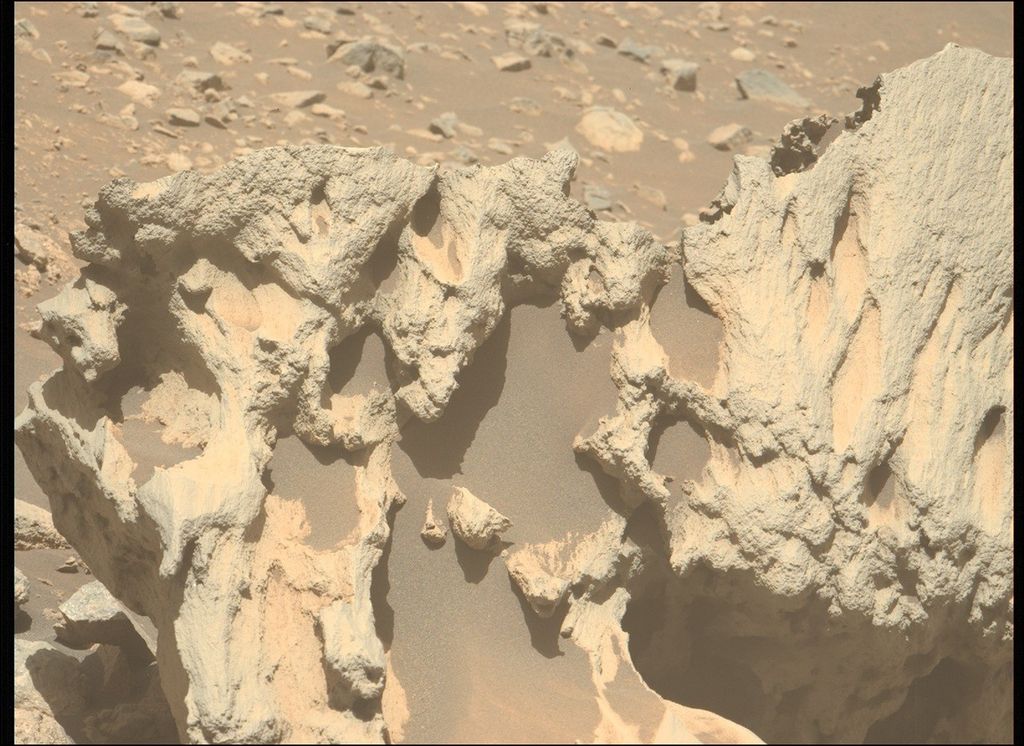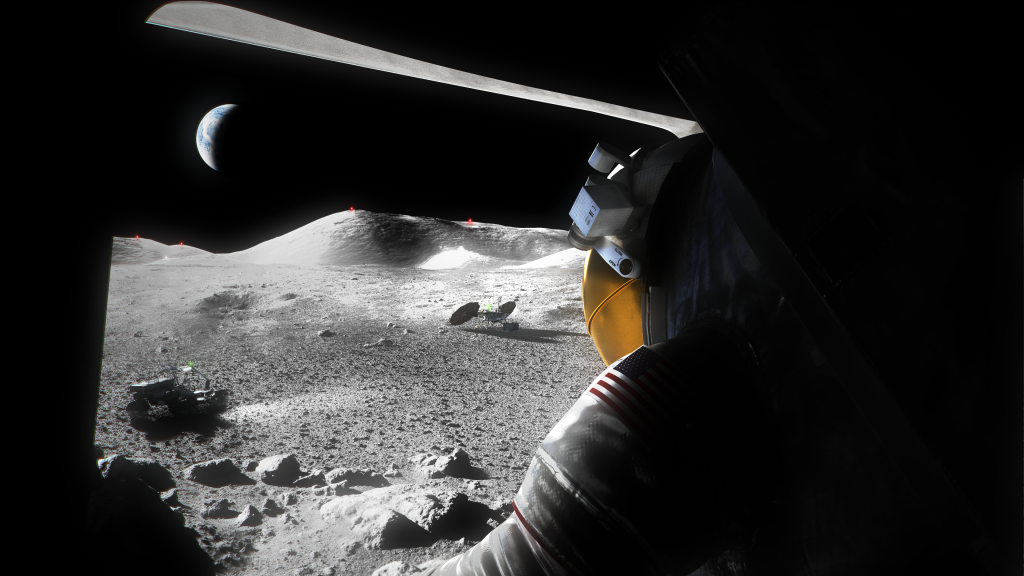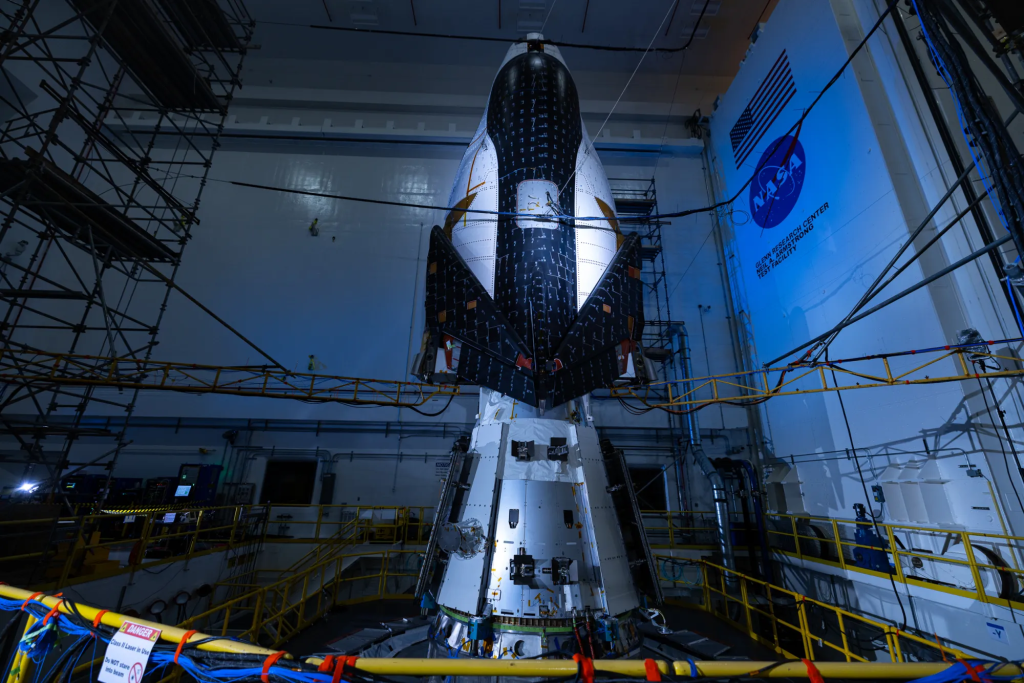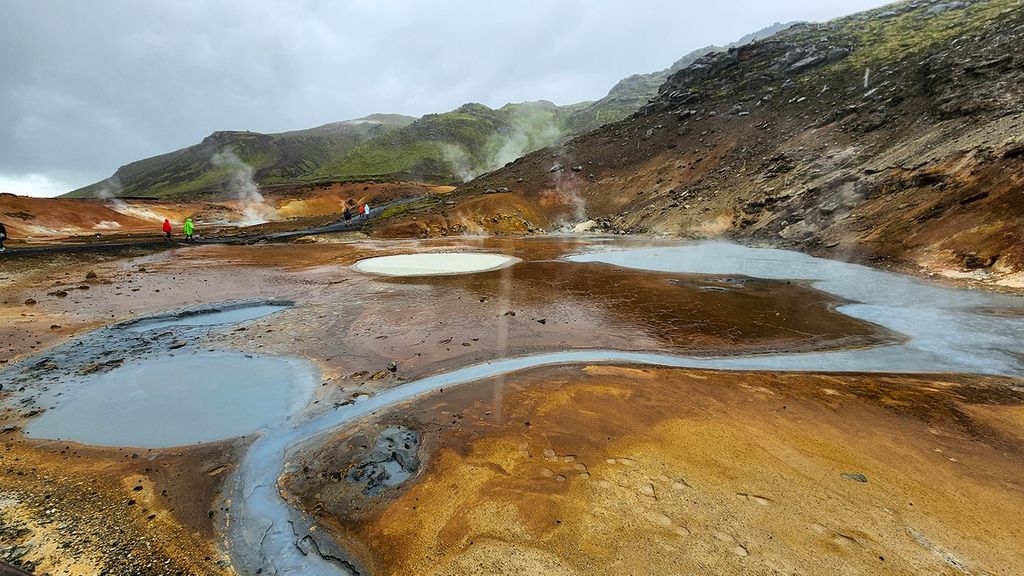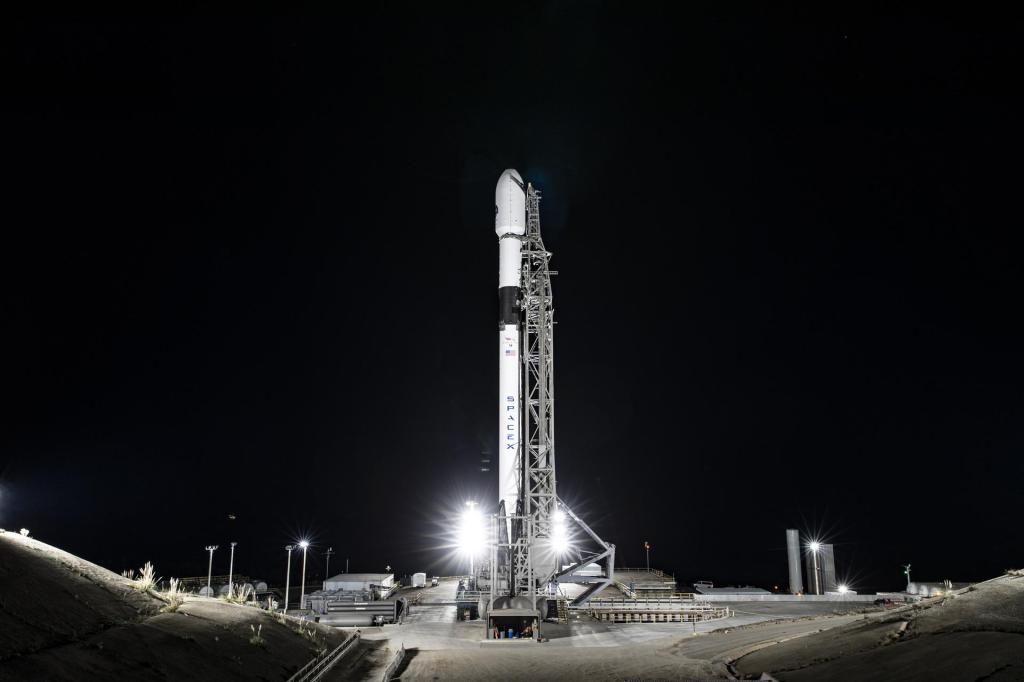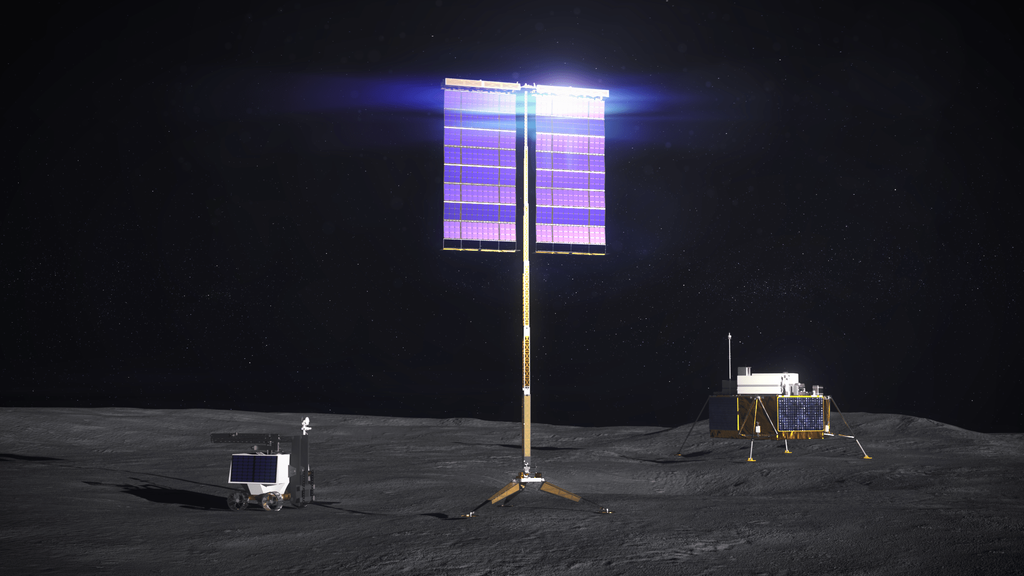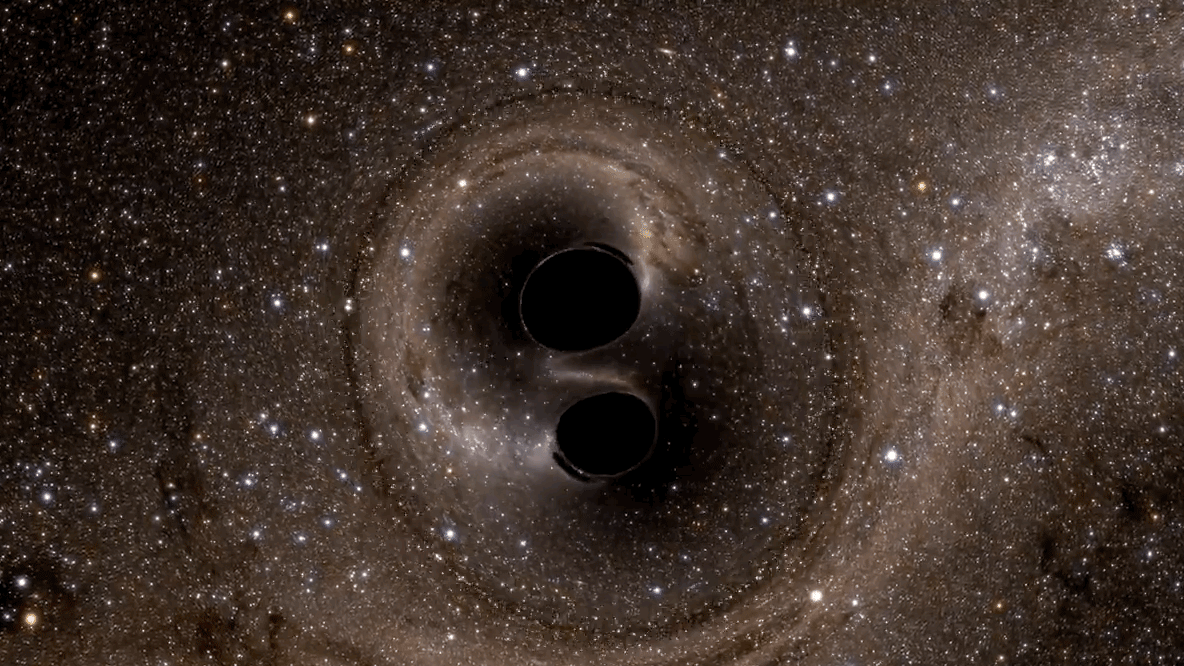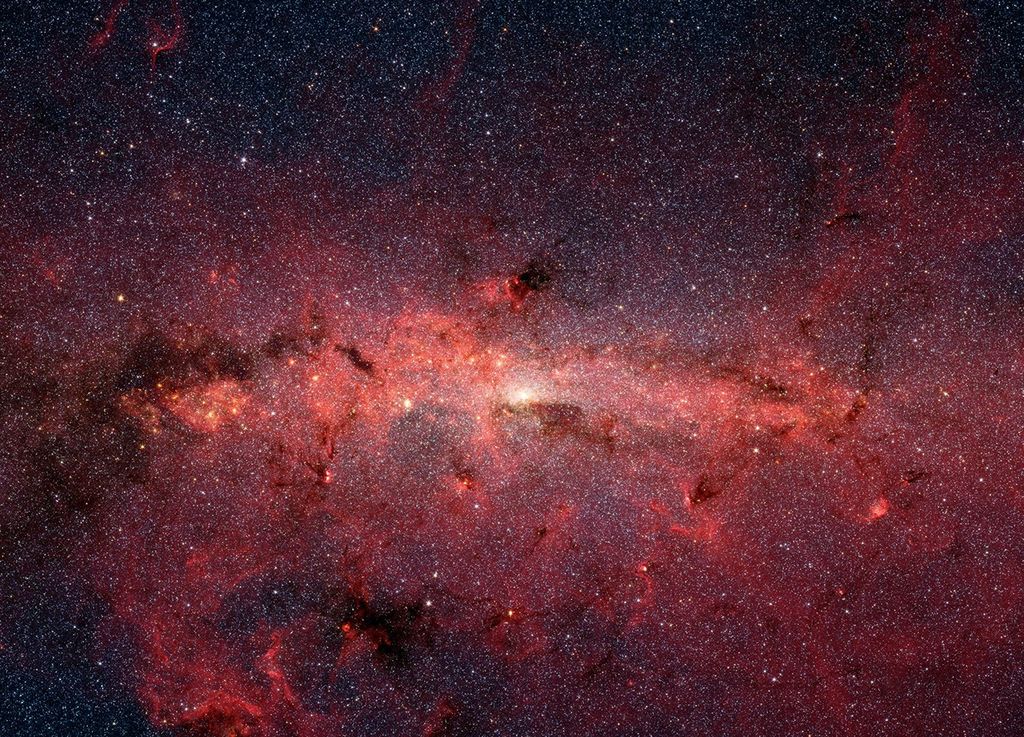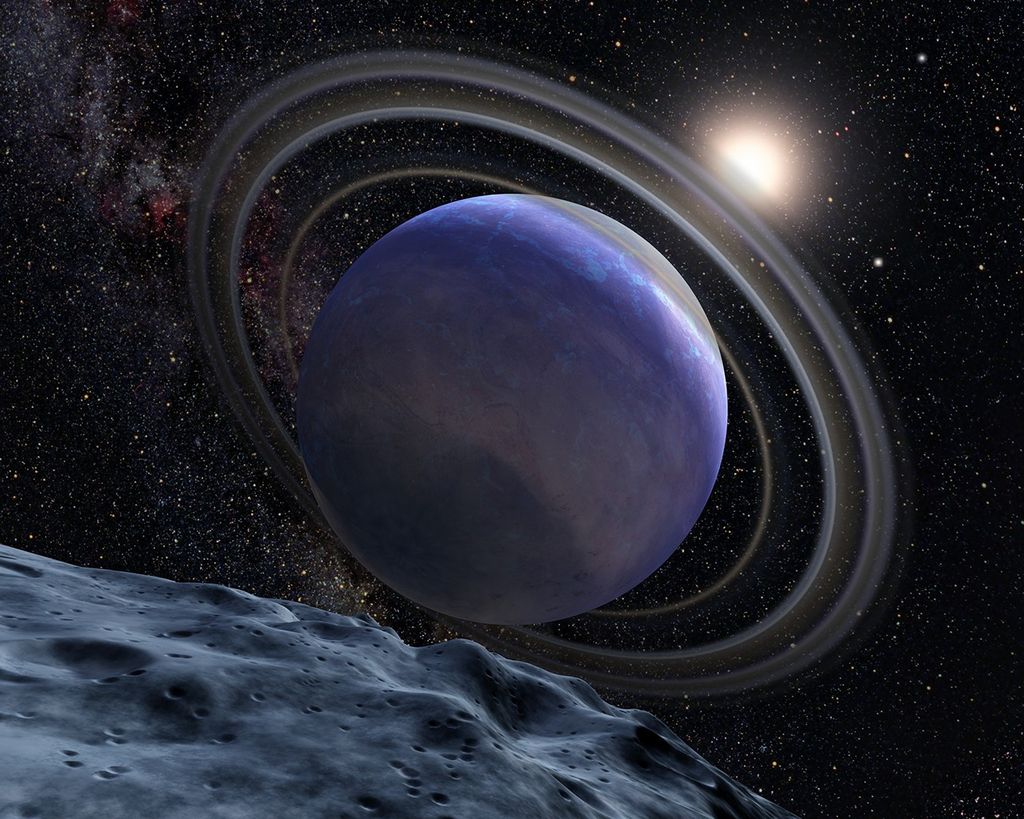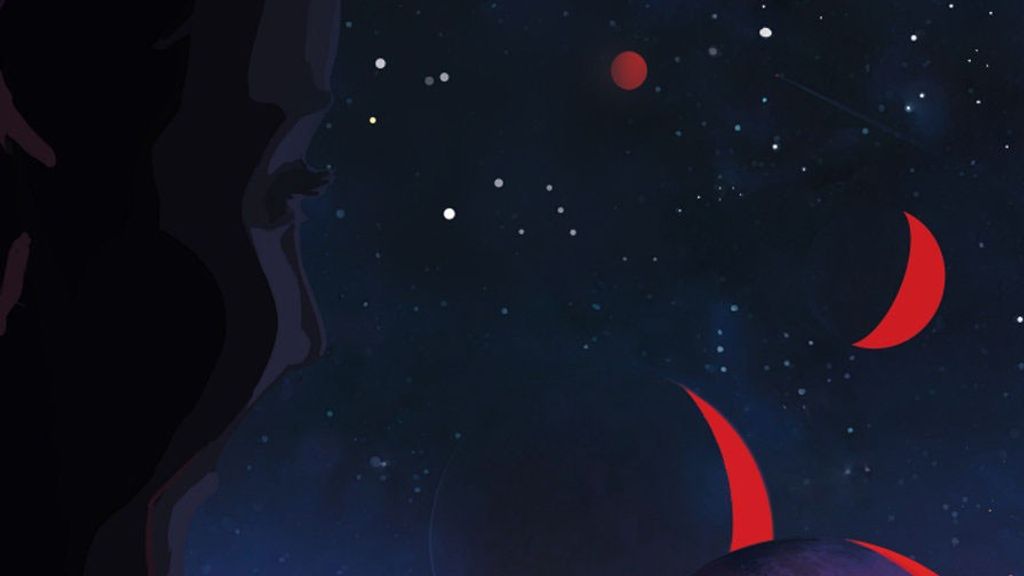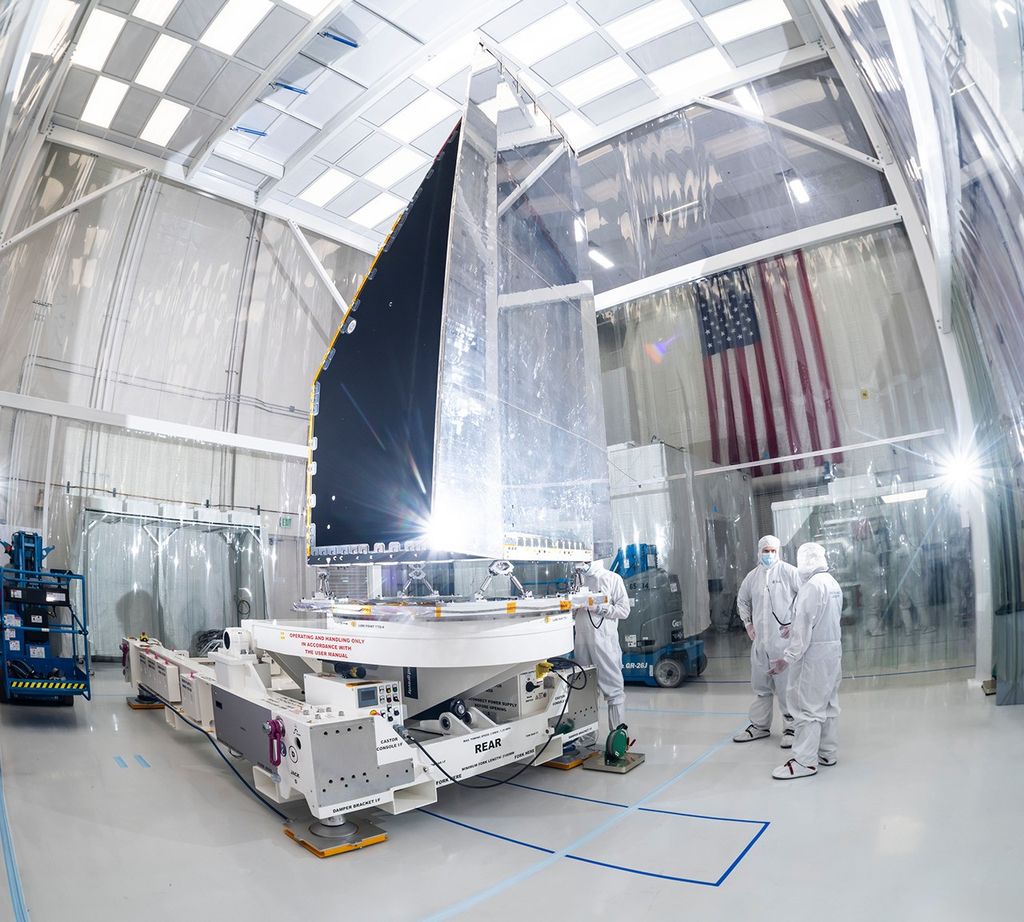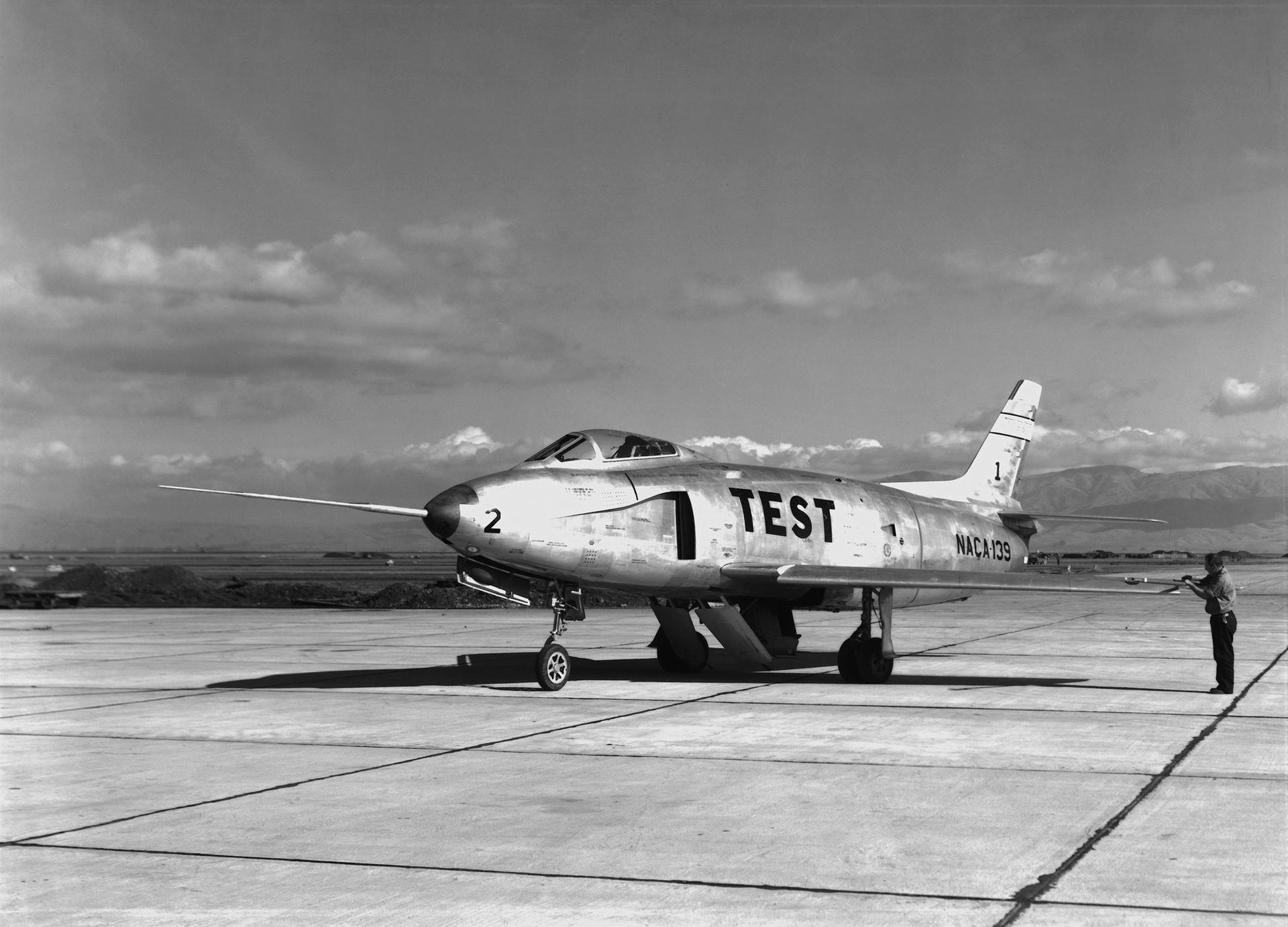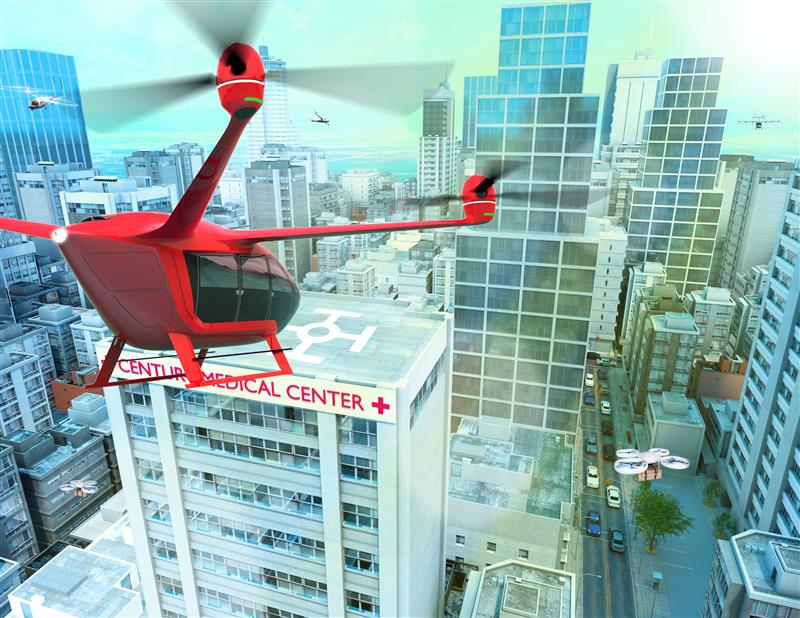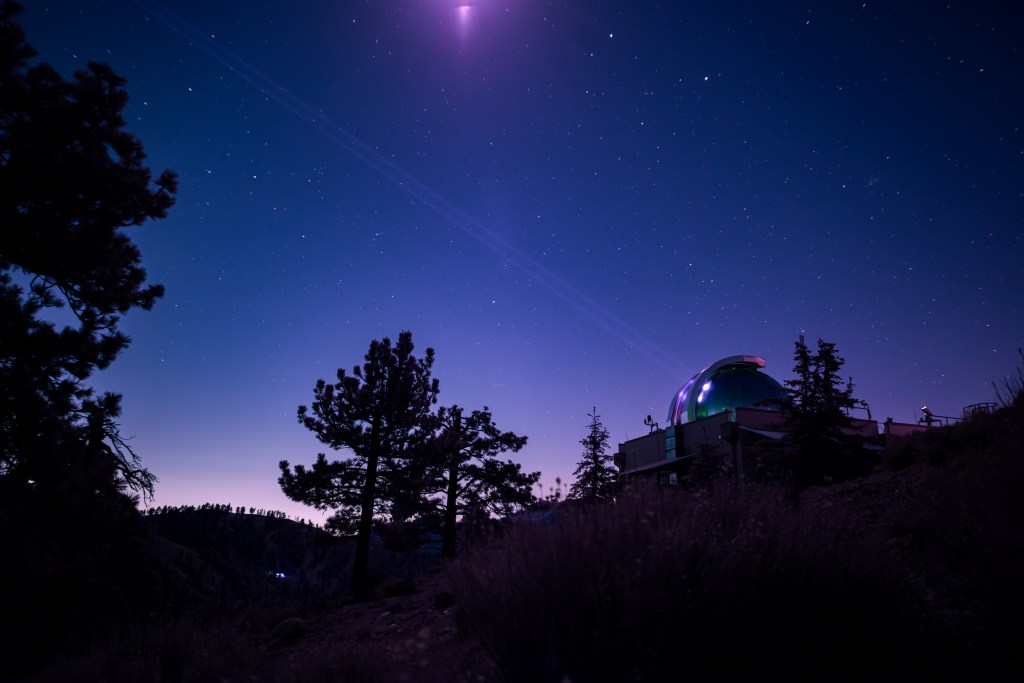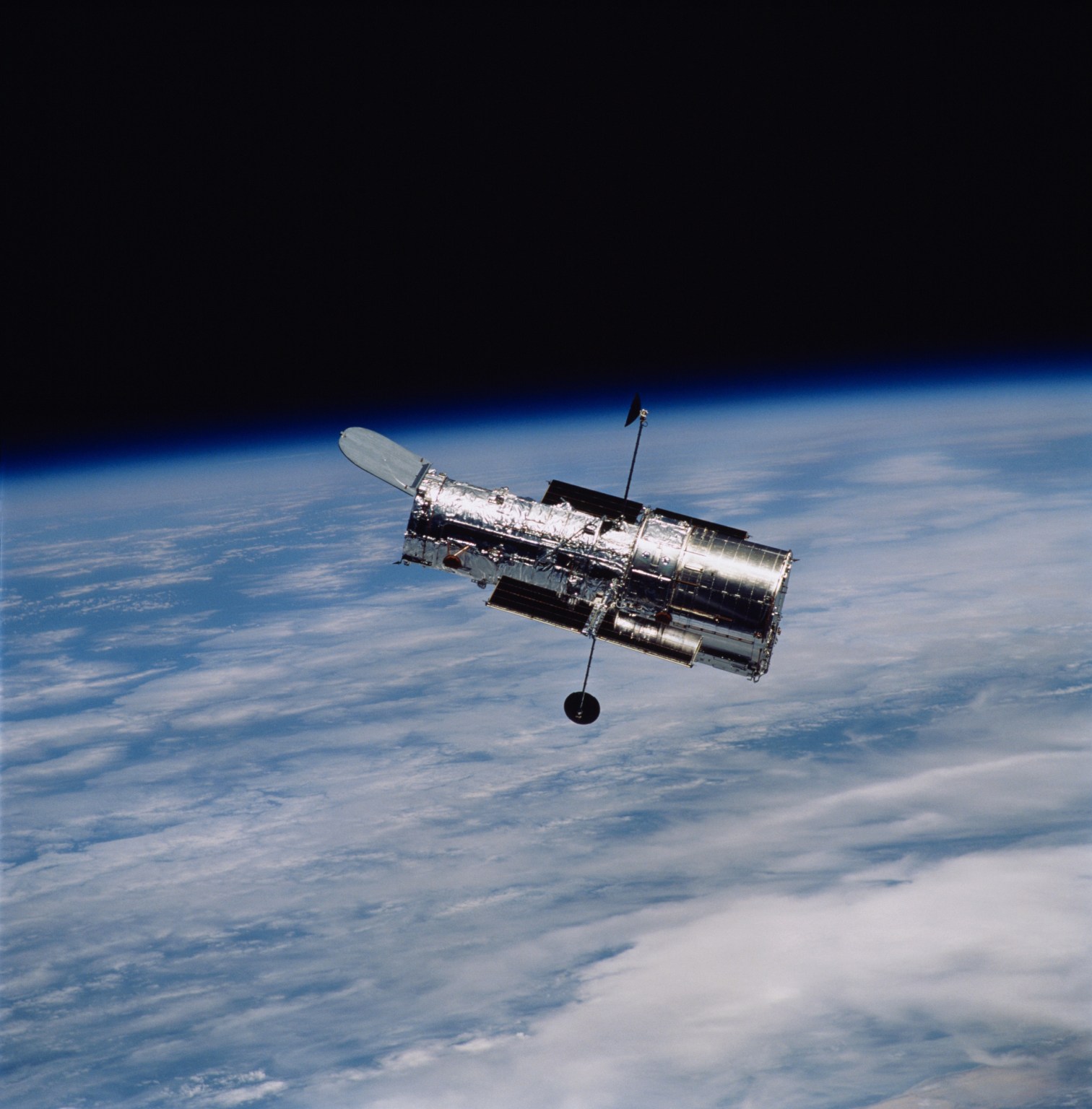1 min read
Full Hubble ACS Image of NGC 3603

About the Object
- R.A. PositionR.A. PositionRight ascension – analogous to longitude – is one component of an object's position.11h 15m 9.09s
- Dec. PositionDec. PositionDeclination – analogous to latitude – is one component of an object's position.-61° 16' 16.99"
- ConstellationConstellationOne of 88 recognized regions of the celestial sphere in which the object appears.Carina
- DistanceDistanceThe physical distance from Earth to the astronomical object. Distances within our solar system are usually measured in Astronomical Units (AU). Distances between stars are usually measured in light-years. Interstellar distances can also be measured in parsecs.Approximately 20,000 light-years (6,100 parsecs) away.
- DimensionsDimensionsThe physical size of the object or the apparent angle it subtends on the sky.This image is roughly 3 arcminutes (17 light-years or 5 parsecs) wide.
About the Data
- Data DescriptionData DescriptionProposal: A description of the observations, their scientific justification, and the links to the data available in the science archive.
Science Team: The astronomers who planned the observations and analyzed the data. "PI" refers to the Principal Investigator.The Hubble image was created from HST data from proposal 10602: J. Maíz Apellániz (Astronomical Institution of Andalucía, Spain), N. Walborn and E. Nelan (STScI), N. Morrell (Carnegie Institution of Washington), and V. Niemela (National University of La Plata, Argentina). - InstrumentInstrumentThe science instrument used to produce the data.HST>ACS/WFC
- Exposure DatesExposure DatesThe date(s) that the telescope made its observations and the total exposure time.December 29, 2005, Exposure Time: 34 minutes
- FiltersFiltersThe camera filters that were used in the science observations.F435W (B), F550M (V), and F850LP (SDSS z)
- Object NameObject NameA name or catalog number that astronomers use to identify an astronomical object.NGC 3603
- Object DescriptionObject DescriptionThe type of astronomical object.Giant star-forming nebula with masive young stellar clusters
- Release DateOctober 2, 2007
- Science ReleaseStar Cluster Bursts into Life in New Hubble Image
- Credit

This image is a composite of many separate exposures made by the ACS instrument on the Hubble Space Telescope using several different filters. Three filters were used to sample broad wavelength ranges. The color results from assigning different hues (colors) to each monochromatic image. In this case, the assigned colors are: Blue: F435W (B) Green: F550M (V) Red: F850LP (SDSS z)

Related Images & Videos

Star Cluster Bursts into Life in New Hubble Image
Thousands of sparkling young stars are nestled within the giant nebula NGC 3603. This stellar "jewel box" is one of the most massive young star clusters in the Milky Way Galaxy. NGC 3603 is a prominent star-forming region in the Carina spiral arm of the Milky Way, about 20,000...
Share
Details
Claire Andreoli
NASA’s Goddard Space Flight Center
Greenbelt, Maryland
claire.andreoli@nasa.gov

